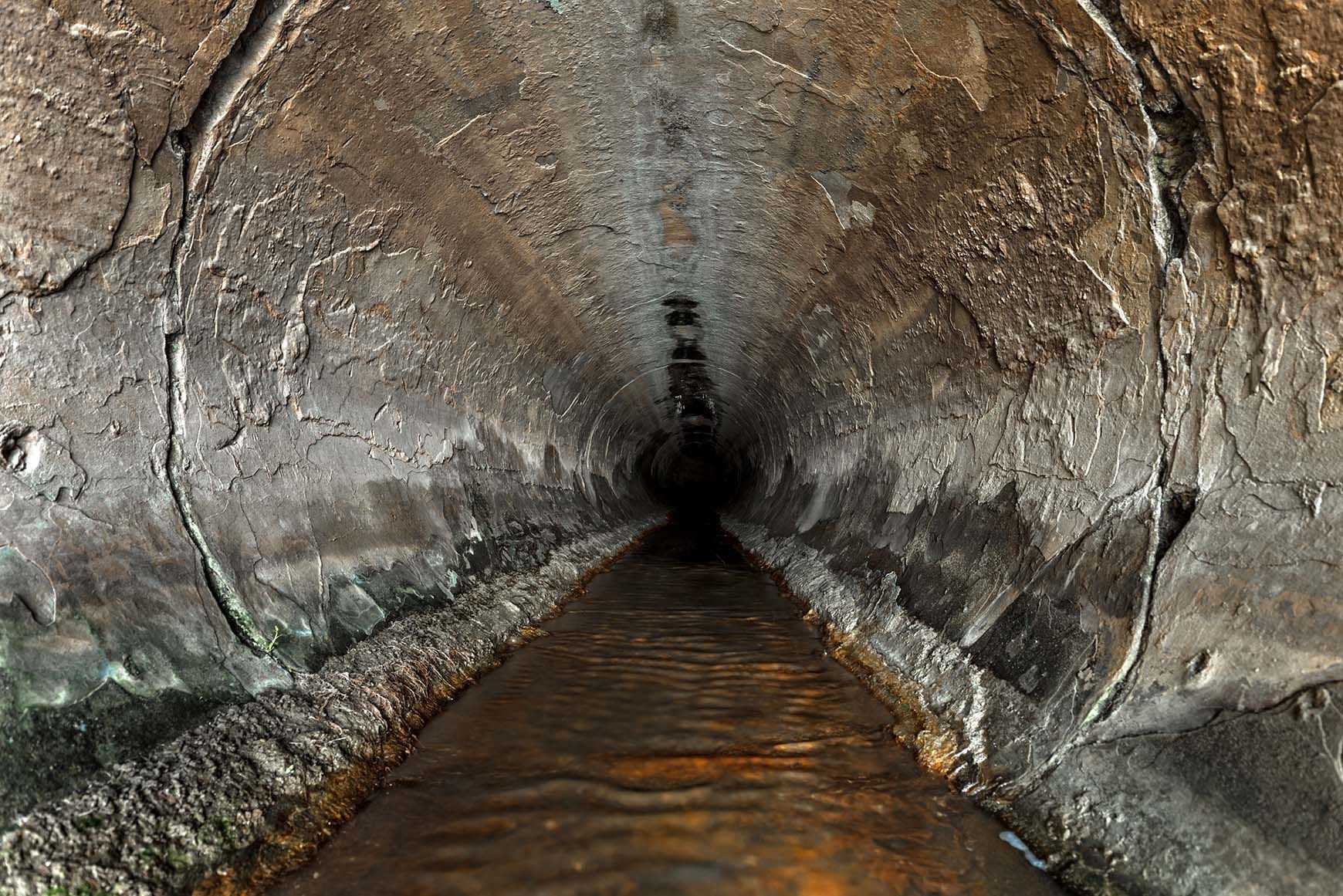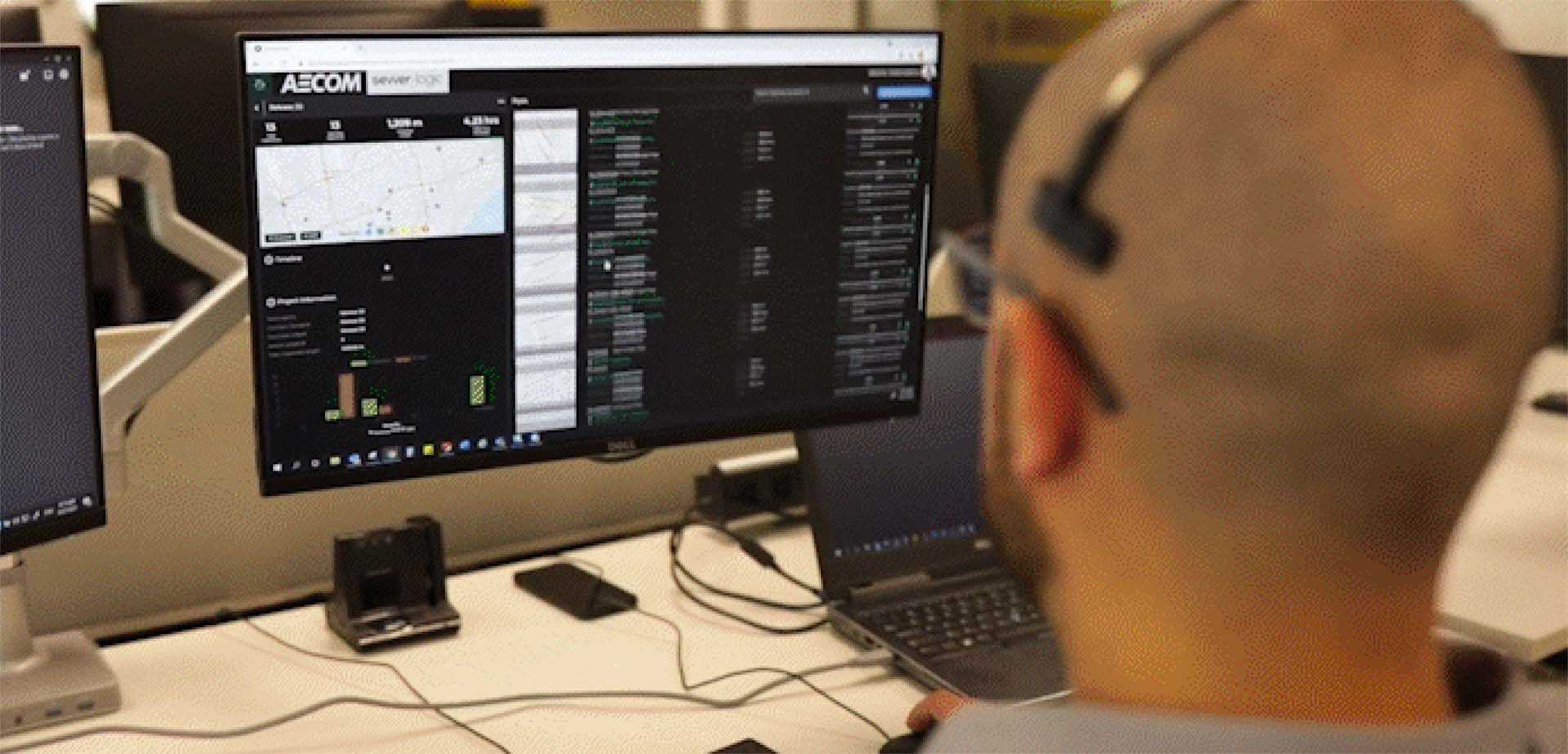
Insight
Education, Education, Education – Helping the industry prepare for digitalization
Digitalization has formed a period of technological disruption that is driving significant change in the architecture, engineering and construction (AEC) industry. It’s also building disruption for those responsible for educating the next generation of industry professionals. The AEC industry and the education sector needs to work together to make sure the digitalization journey remains a smooth one.
Technological disruption is nothing new for the architecture, engineering and construction (AEC) industry. We have a long history of harnessing new technology to enhance what we do, and today’s advances in cloud computing and artificial intelligence (AI) mean we can develop new digital tools and services that are transforming the way we work. Like any process of change, however, it’s not so much fun if you’re playing catchup. This is why I believe we have a collective responsibility as a profession to work hand in hand with the education sector to make sure the next generation of industry professionals is as prepared as possible for the digitalization journey ahead. Thankfully, we’re pushing at an open door.
We’re all digital natives now
There is no shortage of desire among new graduates to make as much use of technology in their new world of work. Clients are also desiring it, in part because of the speedy adoption of digital workplaces brought about by the global pandemic – but also because their newest employees are digital natives too. All of this enforces a change-management challenge for the AEC industry and the organizations we work with.
At AECOM, we work hard to engage with clients, education establishment and industry bodies to help manage that change. It’s a journey we’ve been on ourselves with our Digital AECOM team, where we’ve built up a powerful track record using digital tools and techniques to develop products and services that harness our decades of experience and deliver them to clients in new and engaging ways.
Take PipeInsights™, for example. It’s a new service we’ve launched that uses artificial intelligence – underpinned by machine learning, computer vision and expert systems – to automatically review hours and hours of CCTV sewer pipe inspection footage and identify where faults occur, code them, and then prepare an automatic and fully-costed pipe rehabilitation plan based upon the best available remediation technologies. Already, it’s saving at least 50% of engineer-review time and is getting better as the system continues learning. This means clients can make better use of time and budget, and engineers can spend more time applying their knowledge to higher-value and more strategic activities.
It's an excellent example of the application of artificial intelligence to improve tasks that have historically been time-consuming for many a civil engineer. It showcases the considerable opportunity that digitalization makes, and I believe it marks the start of what will be exponential growth in the use of artificial intelligence in our industry.
Speed is of the essence
It also shows where the world of engineering education can focus some of its considerable time and resource to move forward the application of artificial intelligence in the real world. Educators have always had the ability to influence our industry for the good, and links between academia and organizations such as ours are thriving. Already, some universities have developed civil engineering graduate courses in the use of artificial engineering in engineering – albeit as electives rather than core topics.
But this is where I believe education providers and industry bodies can focus even more, working together with the industry to confront the biggest challenge we have, which is the pace of change. We owe it to society to do whatever we can to make sure the next generation of graduates are the contributors that we need in this new era of digitalization.


